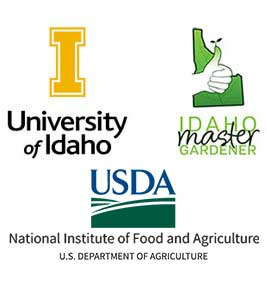Current Alerts
Crops
Small Farms & Acreage
Landscape & Garden
Join Alert Mailing List
Report a Pest
Growing Degree Days Calculator
PPTs From Winter Meetings
Impacts Newsletter
Edit Your User Profile
A project of:
University of Idaho Extension, Oregon State University, Idaho Master Gardeners, and the National Institute of Food and Agriculture, U. S. Department of Agriculture



